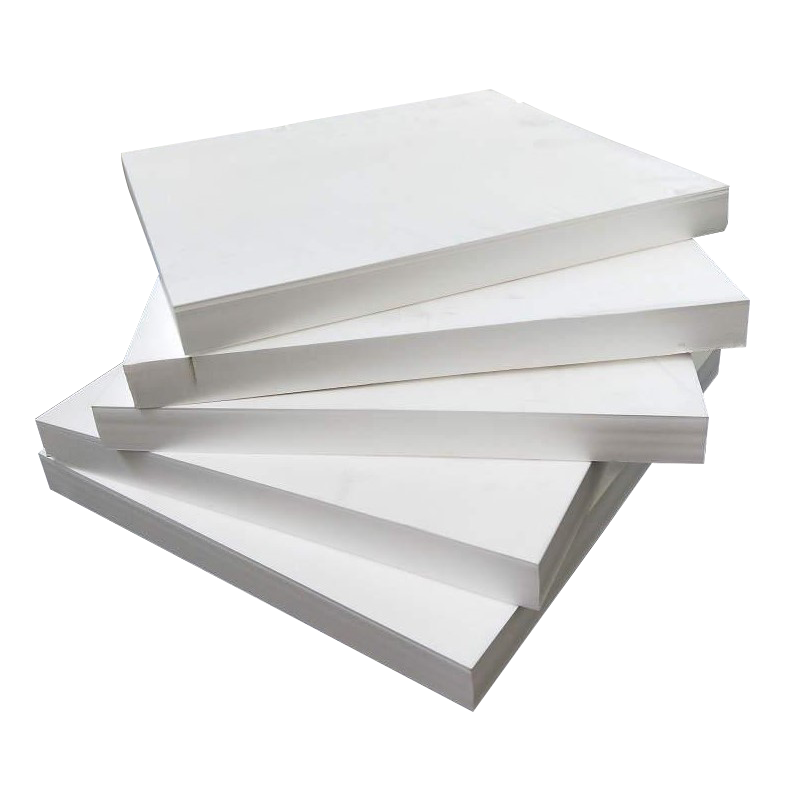Home / News / How does the density of FR-MPP foam board affect its thermal insulation performance?
Let us understand the basic structure and thermal insulation principle of FR-MPP foam board. The main material of FFR-MPP foam board is polypropylene foam, which has the characteristics of light weight, insulation and pressure resistance. Flame retardants are added to the FR-MPP foam board to give it good flame retardant properties and can reduce the risk of fire in the event of a fire. Foam boards usually have a microporous structure inside, which can reduce heat conduction and convection and improve thermal insulation performance. The microporous structure of the foam board can effectively reduce heat conduction and prevent heat from being conducted through the surface of the object, thereby acting as a thermal insulation. The microporous structure inside the foam board can also reduce air convection and hinder air flow, thereby reducing heat transfer. FR-MPP foam board is added with flame retardant to give it good flame retardant properties. In the event of a fire, flame retardants can prevent the spread of flames, reduce the risk of fire, and protect the internal structure of the foam board from thermal damage.
Density refers to the mass of foam board per unit volume, usually expressed in kilograms per cubic meter (kg/m³). The higher the density, the tighter the material within the foam board, and the number and size of micropores may be reduced, thus affecting its thermal insulation performance.
Effect of thermal conductivity: Generally speaking, the smaller the thermal conductivity, the better the thermal insulation performance of the material. This is because lower thermal conductivity means that the material conducts less heat per unit time, so the material can block the flow of heat more effectively and improve the insulation effect. FR-MPP foam panels are usually designed to have low thermal conductivity to provide good thermal insulation properties. The thermal conductivity of a foam board can be effectively controlled by selecting the appropriate material composition, foam structure, and manufacturing process. Therefore, for the design of FR-MPP foam boards with good thermal insulation properties, the impact of thermal conductivity needs to be considered during material selection and manufacturing processes, and its value should be reduced as much as possible to improve thermal insulation performance.
Effect of heat capacity: Heat capacity refers to the thermal energy storage capacity of a material per unit mass or unit volume. For thermal insulation materials such as FR-MPP foam boards, the size of the heat capacity will also have a certain impact on its thermal insulation performance, although this impact is relatively small. Materials with greater heat capacity can absorb more heat, but that doesn't mean they perform better at insulating. In fact, for thermal insulation materials, it is more important to prevent the conduction and transfer of heat than to absorb it. So while materials with larger heat capacities can buffer temperature changes to some extent, the key to thermal insulation performance is still the material's thermal conductivity and density.
Impact of mechanical properties: The mechanical properties of foam board directly affect its structural stability. If the foam board is prone to deformation or cracking when subjected to force or pressure, it may cause damage to the insulation layer, thus affecting the insulation effect. Therefore, foam boards need to have a certain degree of strength and stiffness to ensure structural stability during use. FR-MPP foam boards need to be easily installed and fixed to ensure that they can effectively cover the surface of the building structure and form a continuous thermal insulation layer. Therefore, the mechanical properties of foam board also include its performance during cutting, nailing, pasting and other operations, such as ease of cutting, nailing resistance and adhesion. Foam boards need to have a certain degree of durability during use and be able to resist the influence of the external environment, such as temperature changes, humidity, etc. The quality of mechanical properties will affect the durability of foam boards, such as anti-aging properties, anti-UV properties, etc.
Cost impact: Higher-density foam boards typically consume more raw materials and may be more complex to manufacture, thus increasing costs. When choosing foam board, there is a balance between cost and performance to consider.



 English
English
 Español
Español

 ++86-0512-66079229
++86-0512-66079229

















